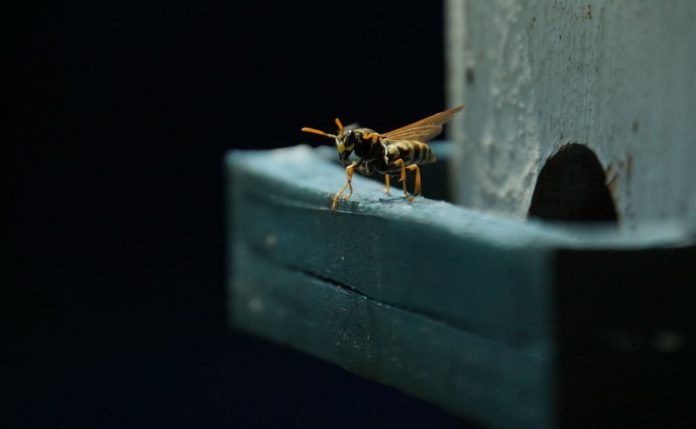Wasps have become a real threat to air safety at Australia’s Brisbane airport, a new study reveals.
These are the potter wasps of the species Pachodynerus nasidens. Also known as keyhole wasps, these insects often build mud nests in a short space of time.
Between November 2013 and April 2019, a total of 26 wasp-related problems were reported at the Australian airport.
Wasps first caused problems for aircraft in Brisbane in 2013, when they forced a Singapore-bound Etihad Airways A330 to retreat minutes after taking off. After landing, airport technicians discovered that the plane’s Pitot tube also known as pitot probe was almost completely blocked by mud, CNN detailed.
The pitot tubes are devices located on the outer front of the aircraft cabin to send information about how quickly air moves through it. It means, they indicate how fast the plane travels.
As part of the research, the scientists built numerous replicas of these devices with the help of 3D printers and installed them in four locations at Brisbane airport. In an interval of just over three years, potter wasps were responsible for completely blocking 93 Pitot tube replicas.
Scientists discovered that the peak of activity of the keyhole wasps was recorded in the summer months. In addition, they found that the preferred conditions for insects are tubes of more than three millimeters in diameter and temperatures between 24°C to 31°C.
Research results highlight the importance of implementing risk mitigation measures, such as covering Pitot tubes when aircraft arrive at the airport, as well as placing additional traps to catch potter wasps.
Native to Central, South america and the Caribbean, the Pachodynerus nasidens were first detected in Brisbane Harbour in 2010, although they may have arrived there as early as 2006, according to the study. It is not known for sure how they ended up in Australia, but it is supposed to probably through ships.
As it is not classified as a danger to agricultural and is not carrying any Vector-borne diseases for human, at the moment, there is no official plan by the Australian Government to eradicate this wasp.
